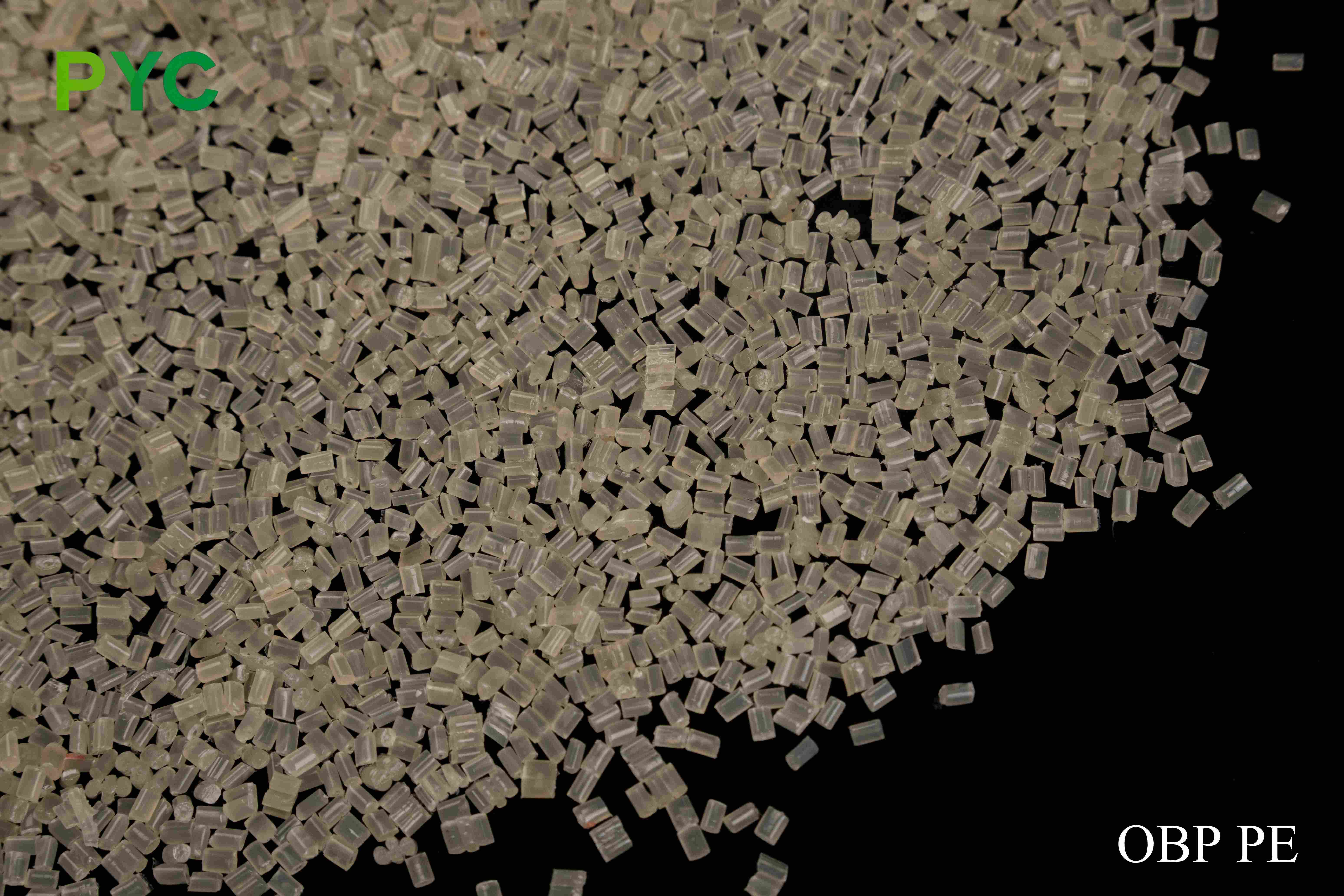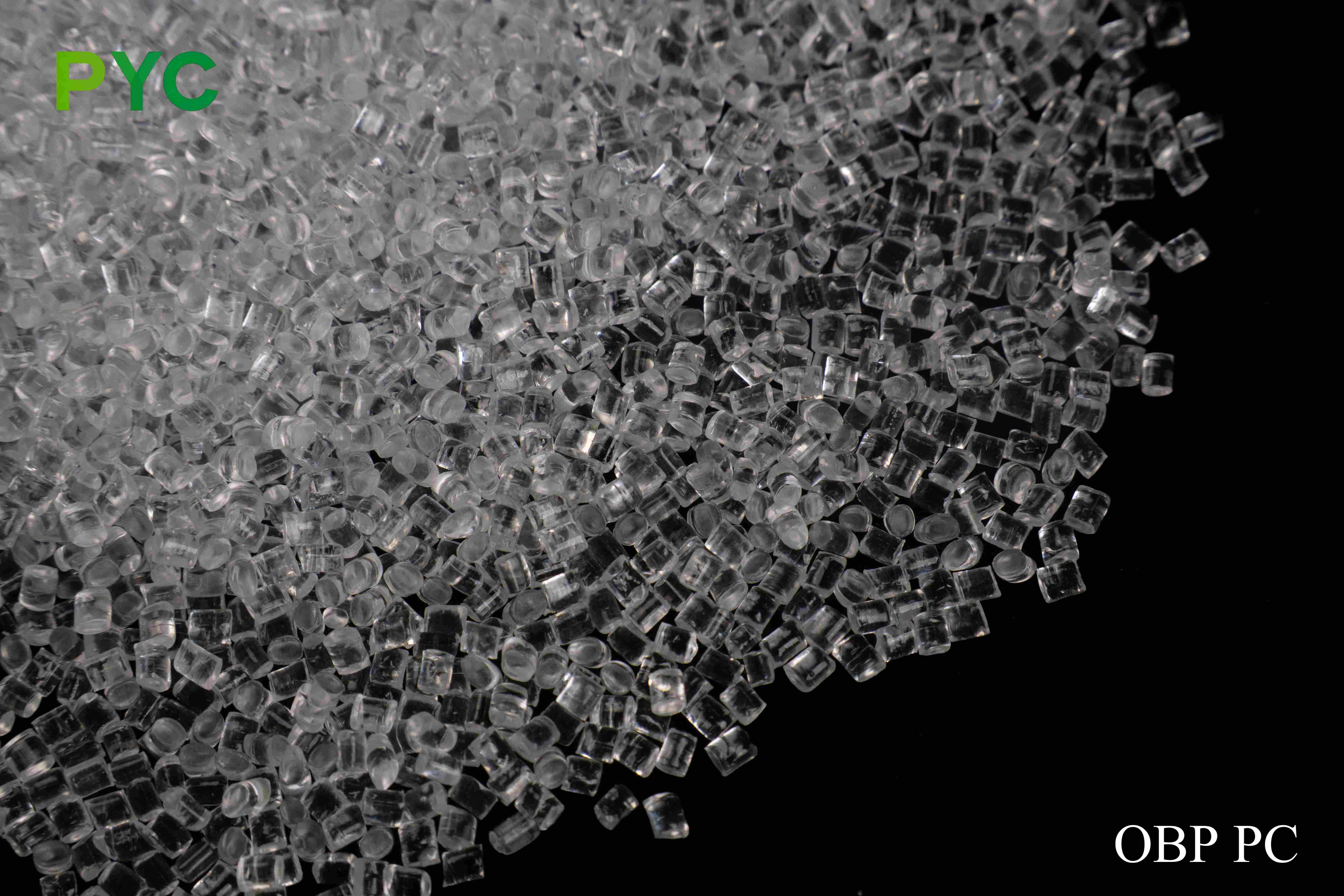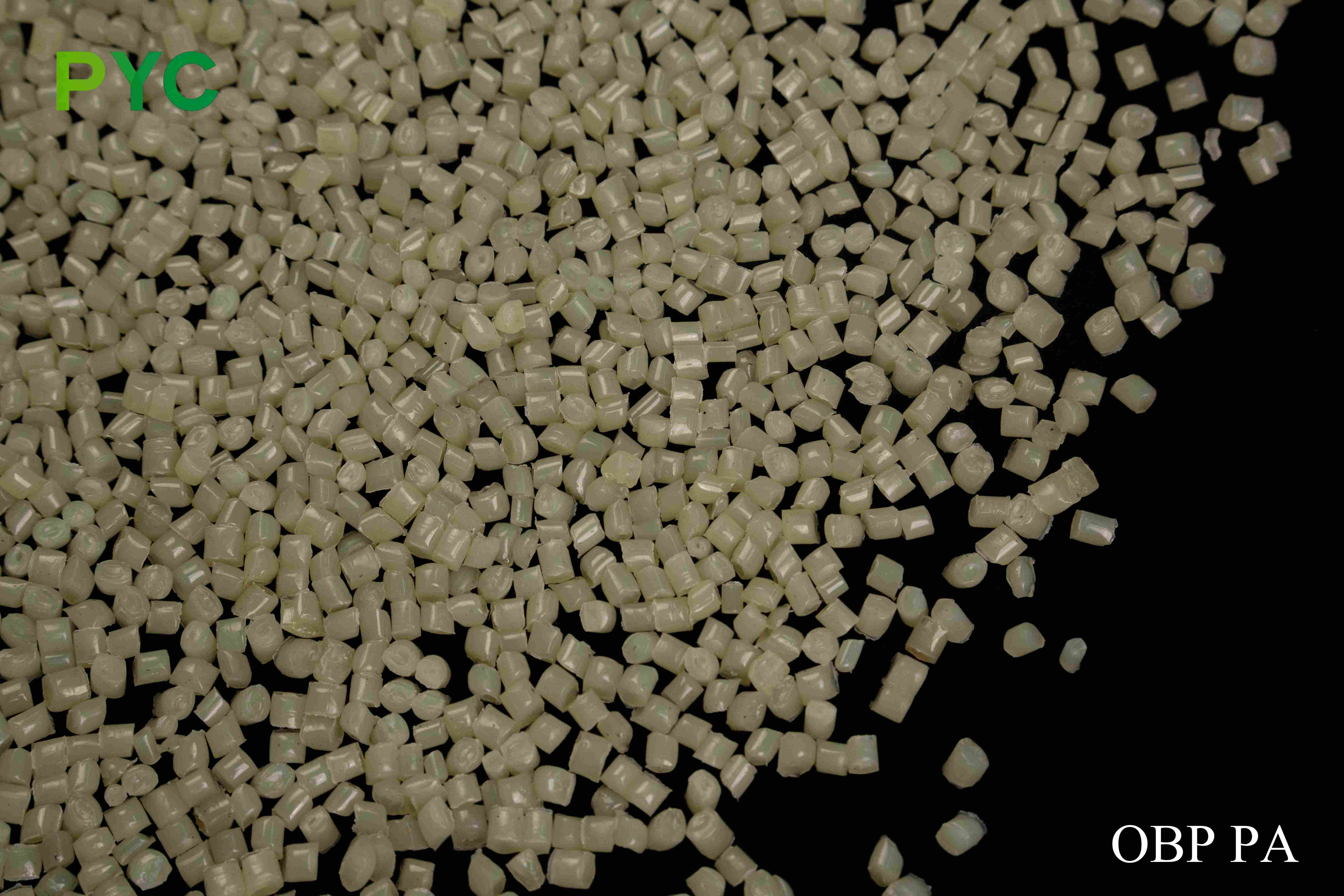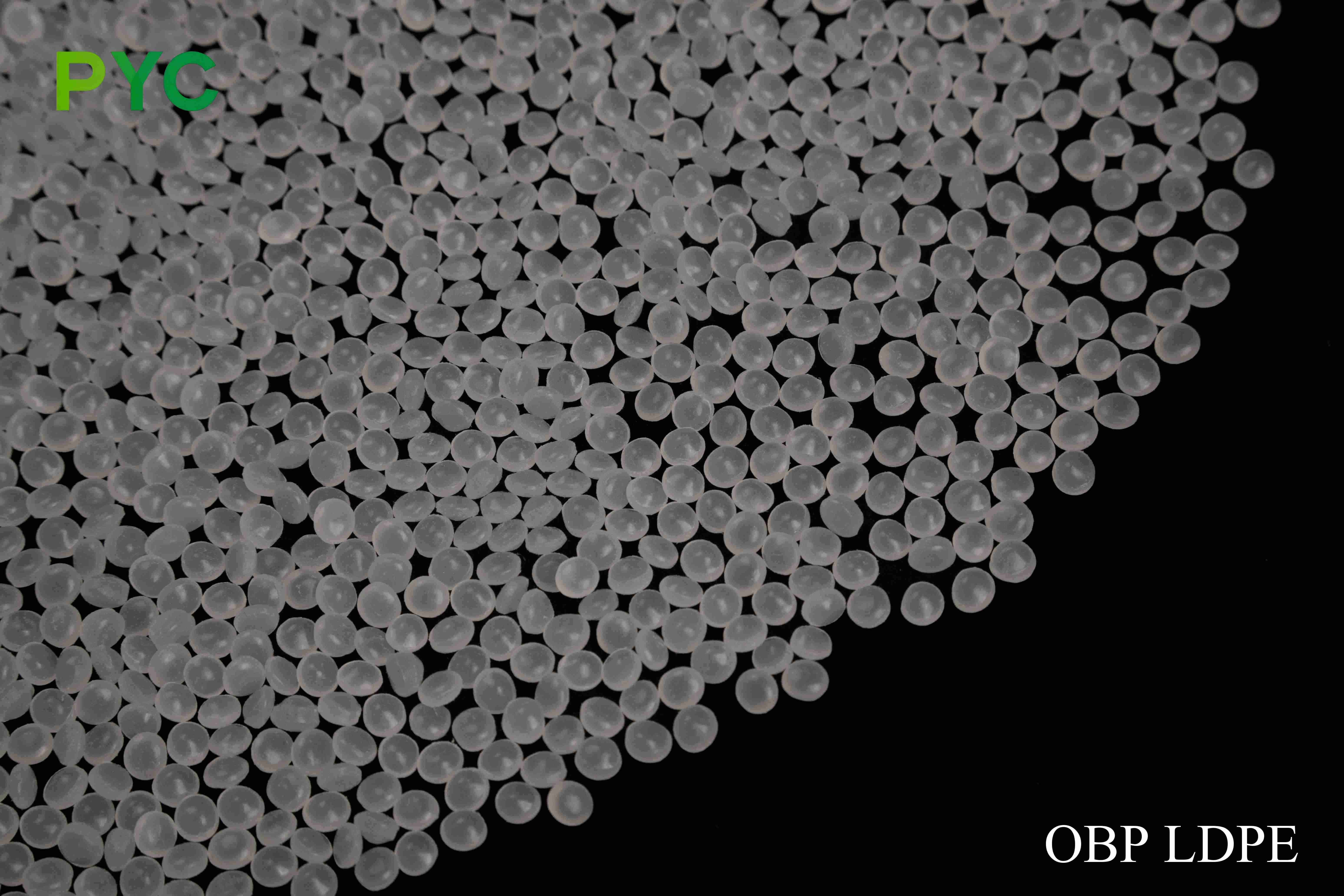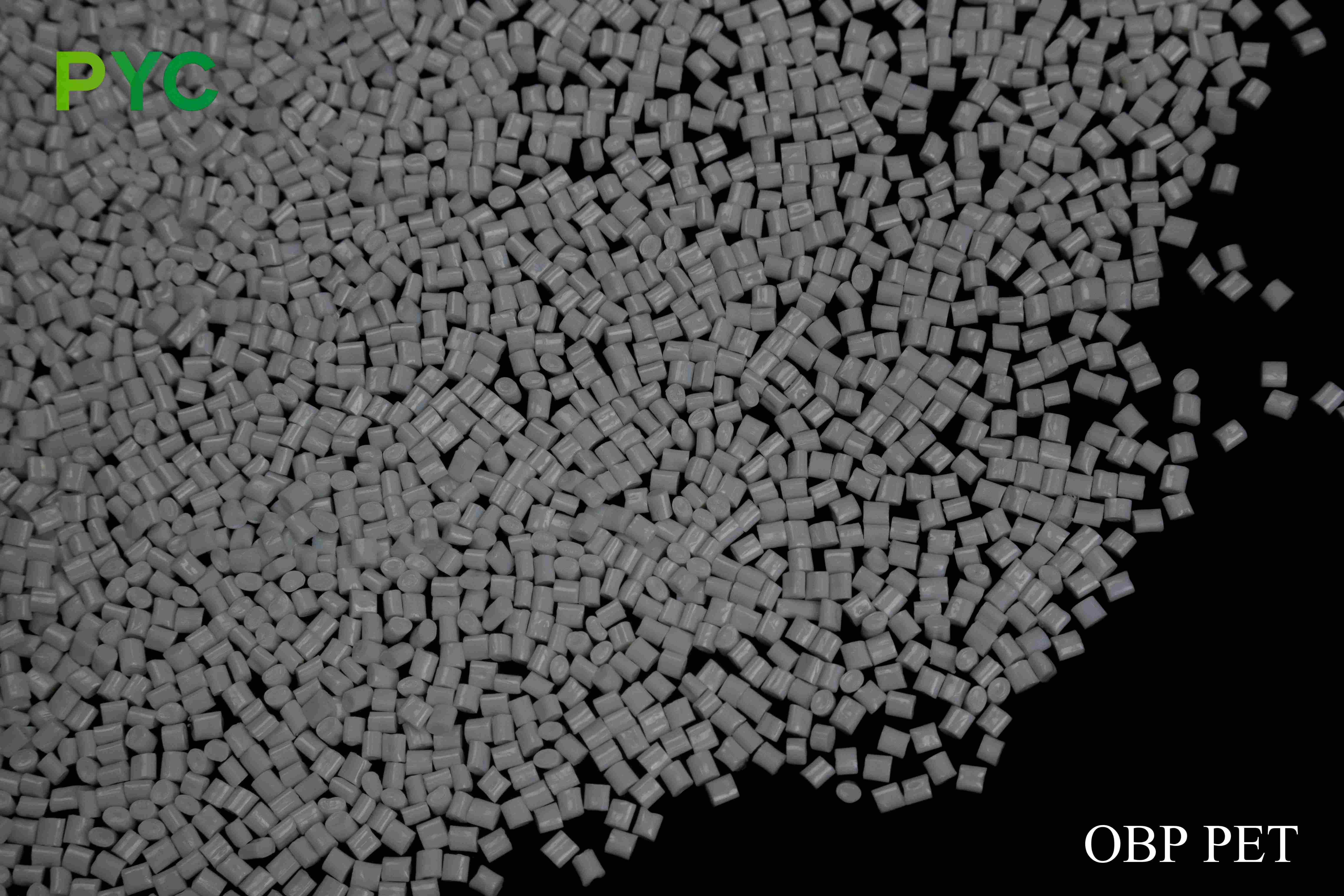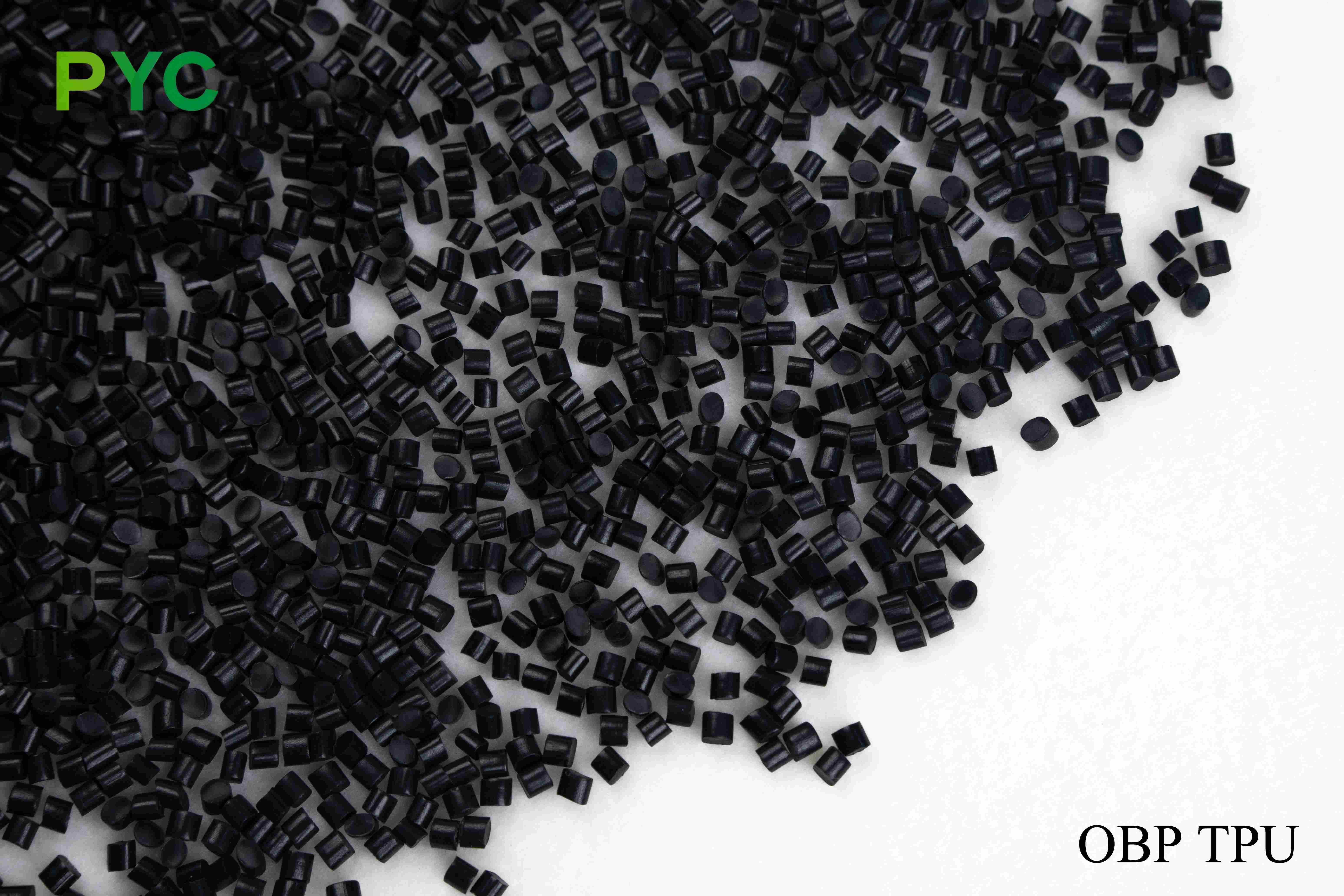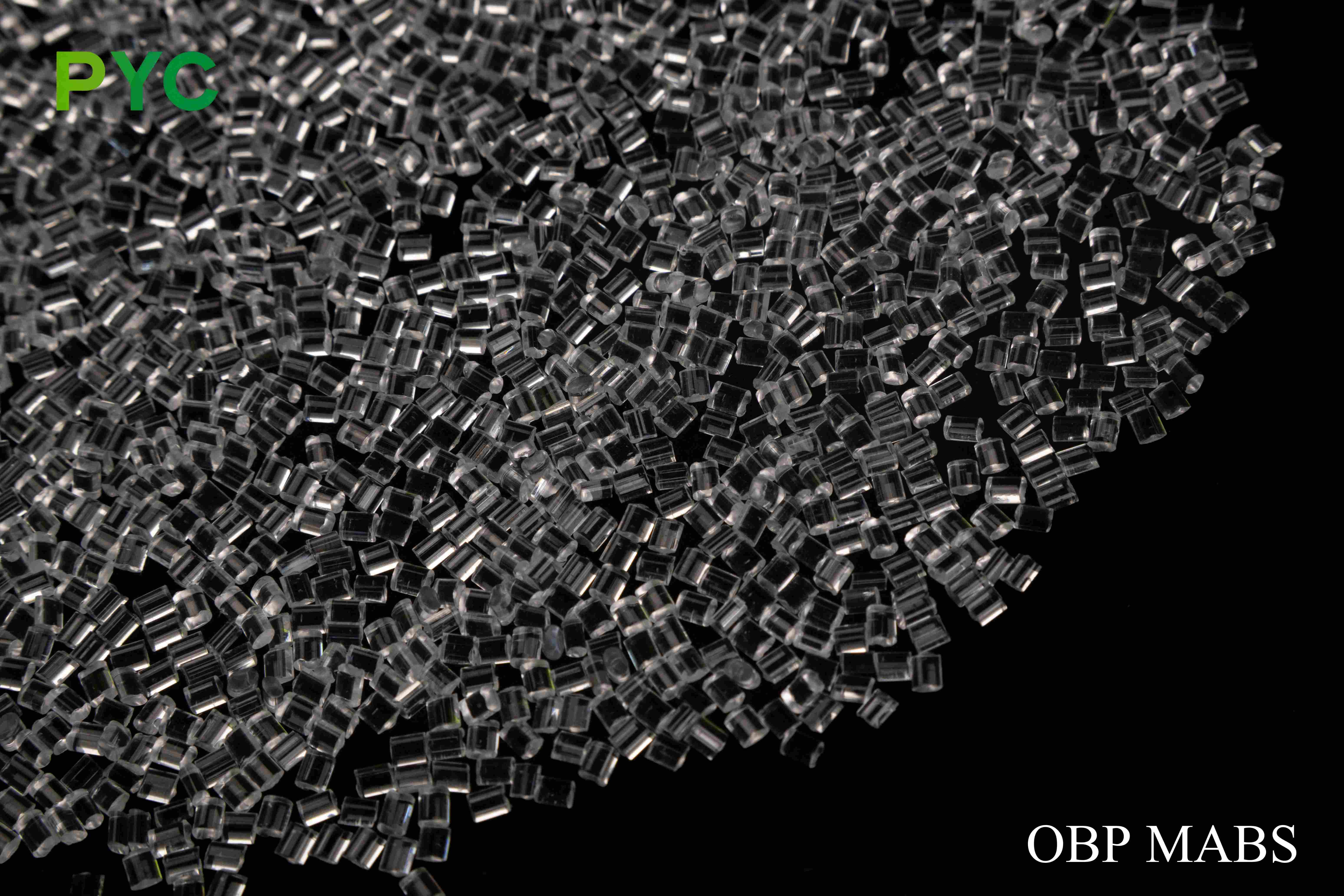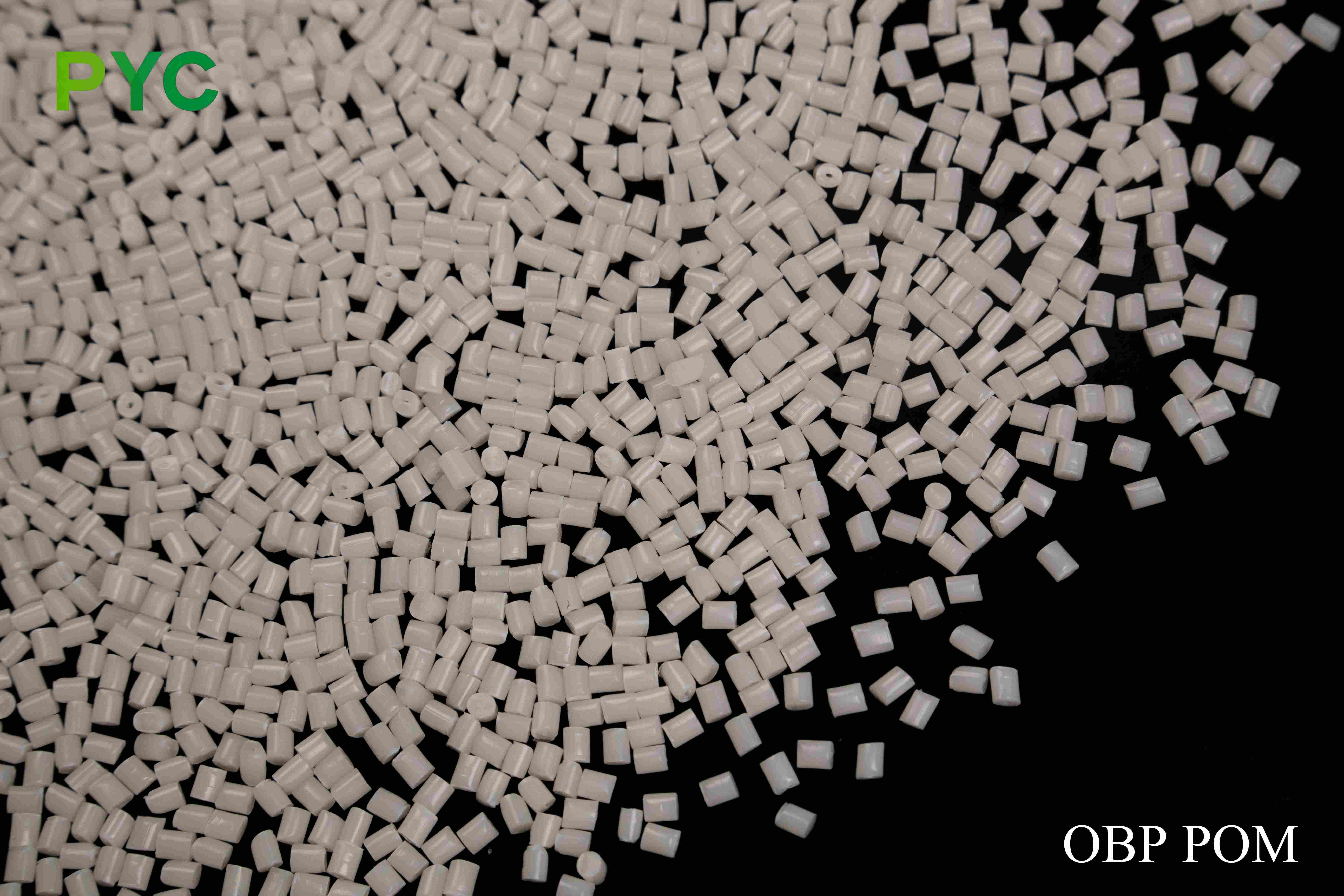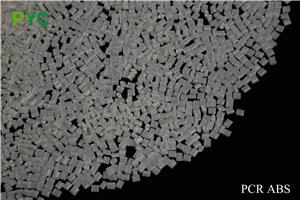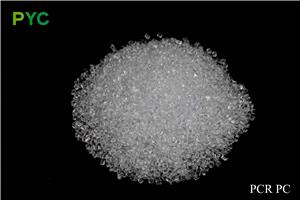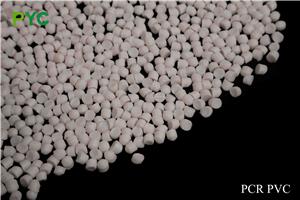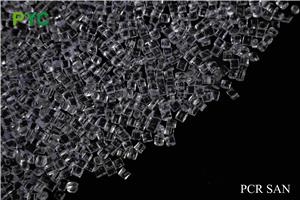OBP (Ocean Bound Plastic )
Ocean Bound Plastic (OBP) refers to discarded plastics that are transported to the edge of the ocean due to various natural factors before entering the ocean, and mainly originates from poorly managed areas with inefficient garbage disposal and within 50 kilometers of the coast. If these plastics are not recycled, they are very likely to enter the ocean, posing a serious threat to the marine ecosystem.
-
OBP PE
Our OBP PE (Ocean-Bound Plastic Polyethylene) is an environmentally responsible material derived from plastic waste collected near coastal areas, preventing it from entering the ocean. This sustainable alternative retains the excellent flexibility, durability, and chemical resistance of virgin PE while promoting a circular economy and reducing plastic pollution.
Email Details -
OBP PC
Our OBP PC (Ocean-Bound Plastic Polycarbonate) is a sustainable, high-performance engineering plastic derived from ocean-bound plastic waste collected near coastal areas. It retains the superior impact resistance, optical clarity, and heat resistance of virgin polycarbonate while reducing plastic pollution and supporting the circular economy.
Email Details -
OBP PA
Our OBP PA (Ocean-Bound Plastic Polyamide) is an eco-friendly, high-performance material sourced from plastic waste collected near coastal areas, preventing pollution and promoting a circular economy. This recycled polyamide retains the excellent mechanical strength, durability, and chemical resistance of virgin PA, making it an ideal choice for industries seeking sustainable yet robust materials.
Email Details -
OBP LDPE
Our OBP LDPE (Ocean-Bound Plastic Low-Density Polyethylene) is an eco-friendly material sourced from plastic waste collected near coastal areas, preventing it from entering the ocean. This sustainable LDPE alternative retains the excellent flexibility, impact resistance, and processability of traditional LDPE while promoting environmental responsibility.
Email Details -
OBP HDPE
OBP HDPE is an environmentally friendly material made by recycling Ocean Bound Plastic (OBP) waste, consisting mainly of high-density polyethylene (HDPE). Ocean bound plastic refers to those plastic waste that comes within 50km of the shoreline and often ends up in the ocean, causing serious environmental pollution. By recycling this plastic waste, OBP HDPE not only helps to reduce plastic pollution, but also promotes the recycling of resources and environmentally friendly production, in line with sustainable development requirements.
Email Details -
OBP PET
Our OBP PET is a high-performance material that combines the benefits of Optical Brightening Agents (OBAs) with the durability and versatility of Polyethylene Terephthalate (PET). This product is specifically engineered to enhance the brightness and optical appearance of PET-based applications, making it an ideal choice for products requiring high visual appeal and clarity. With excellent mechanical properties and environmental resistance, OBP PET serves a wide range of industries.
Email Details -
OBP TPU
OBP TPU (Ocean Bound Plastic Thermoplastic) is a thermoplastic elastomer made from recycled plastic waste that is close to entering the ocean. It combines excellent elasticity, wear resistance, chemical resistance and flexibility, and is widely used in footwear, electronic products, automotive industry and medical fields to meet the market's high-performance demand for environmentally friendly materials.
Email Details
Product highlights
High purity selection of raw materials to ensure excellent quality
OBP TPU is mainly derived from the following high-value waste plastics:
Footwear and sporting goods: Waste sports soles, sandals TPU parts, protective materials.
Industrial and automotive parts: Waste car seals, hoses, cable cladding, industrial protective covers.
Marine supplies: old surfboard parts, life saving equipment coating, wetsuit TPU layer.
Consumer electronics: waste mobile phone case, smart bracelet strap, cable protection sheath.
These recycled raw materials are carefully screened, deeply cleaned and efficiently recycled to ensure high product purity and consistency.
Strict quality control to ensure material properties
Precise sorting and screening: Advanced sorting technology is used to remove impurities and improve the consistency of recycled materials.
Efficient cleaning and decontamination: Remove salt, oil and other contaminants to ensure clean processing.
Melting filtration and modification enhancement: Optimize the melting process, enhance wear resistance, aging resistance, weather resistance.
Physical property testing and performance evaluation: strictly test key parameters such as tensile strength, resilience and yellowing resistance to ensure that they meet the needs of industry applications. -
OBP MABS
OBP MABS product documentation
Email Details
Product Highlights
Ok, according to your request, I will write these recycled sources into the template:
High quality raw materials
Dyeing ABS is made of selected recycled ABS raw materials, which come from a single source and have been strictly screened by upstream manufacturers to ensure their purity and consistency. The sources of recycled ABS include:
Electronic product shell: such as TV shell, home appliance panel, computer shell, etc., to ensure that the material has good impact resistance and high temperature resistance, to adapt to the high requirements of the electronics industry.
Auto parts: such as automotive interior parts, lamp shell, instrument panel, etc., recycled ABS has excellent toughness and can withstand strong physical impact.
Household plastic products: such as kitchen utensils, furniture accessories, to ensure that the recycled ABS has good processing stability and long-term durability.
Industrial waste: such as injection molding scraps, scrap sheets, etc., provide efficient and stable raw materials.
Packaging materials: such as plastic packing boxes, packaging sheets, etc., recycled ABS has excellent processing performance.
The material is specially treated to ensure that the recycled ABS retains its excellent mechanical properties, toughness and heat resistance, providing a stable basis for the dyeing process, thus ensuring the superiority of the final product in color performance and physical properties, suitable for a variety of high-end applications.
This more specifically lists the sources from which the ABS is recycled. Hope this helps!
Marine Recycled Plastics (OBP) Environmental concept
OBP MABS uses OceanBound Plastic (OBP) as the main raw material, which is derived from recycled waste within 50 km of the coastline, effectively reducing Marine plastic pollution and in line with the global sustainable development trend.
Excellent mechanical properties
OBP MABS combines the MABS material's high gloss, excellent impact resistance and good rigidity, while enhancing its wear resistance, heat resistance and chemical resistance through modification to meet the needs of high-end applications such as electronic products, home appliance housings and automotive parts.
Excellent processing adaptability
Compatible with a variety of processing methods, including injection molding, extrusion and thermoforming, excellent fluidity, suitable for complex structure and precision molding product manufacturing, reduce production difficulty, improve efficiency.
Environmental protection and sustainable, in line with international standards
The adoption of OBP certification for recycled plastics helps to reduce plastic pollution, reduce carbon footprint, comply with global environmental regulations (such as RoHS, REACH), and is suitable for industries with strict requirements for sustainable development.
A wide range of application fields
It is suitable for many fields such as consumer electronics, home appliance shell, auto parts, 3D printing consumables, etc., to meet the high-end market's demand for environmentally friendly, durable and high-gloss materials. -
OBP POM
Product Highlights (Highlights)
Email Details
Here, of course, is the version of the point-by-point narrative:
High purity selection of raw materials to ensure stable quality
Recycle POM (polyformaldehyde) with single source and high purity, its recycling sources include:
1. Water inlet material in precision injection molding
The waste from the injection molding process is screened to ensure high purity and no additional impurities.
2Scraps
Includes unused plastic fragments generated during the production process to ensure consistent and stable material properties.
3Scrap mold parts
From the waste mold materials, through recycling, reduce the waste of resources.
4. Unused engineering plastic parts
Mainly from unused parts in automobiles, home appliances and electronic products, to ensure that the recycled materials have high mechanical properties and durability.
These recycled raw materials are sourced from reputable upstream manufacturers and are carefully screened and treated to ensure that there are no additional impurities and avoid affecting the physical properties of the product. No additional cleaning treatment is required to ensure that the final product has excellent mechanical properties and stability, suitable for demanding applications.
1. Marine recycled Plastics (OBP) environmental protection concept
OBP POM uses OceanBound Plastic (OBP) as the main raw material, which is derived from recycled waste within 50 kilometers of the coastline, effectively reducing Marine plastic pollution, in line with the global sustainable development trend, while meeting the needs of enterprises for environmentally friendly and sustainable materials.
3.Excellent mechanical properties
OBP POM inherited the excellent characteristics of POM materials, with high strength, high rigidity, low friction coefficient and wear resistance, in the high load, high precision operation environment still maintain excellent dimensional stability and mechanical properties, suitable for precision industrial parts manufacturing.
4.Excellent chemical resistance and fatigue resistance
It has excellent solvent resistance, oil resistance and chemical resistance, and has high fatigue resistance under long-term use, and can maintain stable performance even under repeated stress. It is widely used in industrial gears, sliding parts and high-strength structural parts.
5.Strong processing adaptability
OBP POM is suitable for injection molding, extrusion and machining, with good fluidity, can meet the needs of high-precision parts manufacturing, and is widely used in automotive, electronic equipment, medical equipment and precision machinery fields.
6.Environmental protection and sustainable, in line with international standards
The adoption of OBP certification for recycled plastics helps to reduce plastic pollution, reduce carbon footprint, comply with global environmental regulations (such as RoHS, REACH), and is suitable for industries with strict requirements for sustainable development, such as automotive, medical and consumer electronics.
7.Wide range of application fields
It is suitable for automotive gear, bearing seat, electronic connector, precision mechanical parts, home appliance motion components and other industries to meet the demand for high strength, low friction, wear resistance and environmental protection materials.

